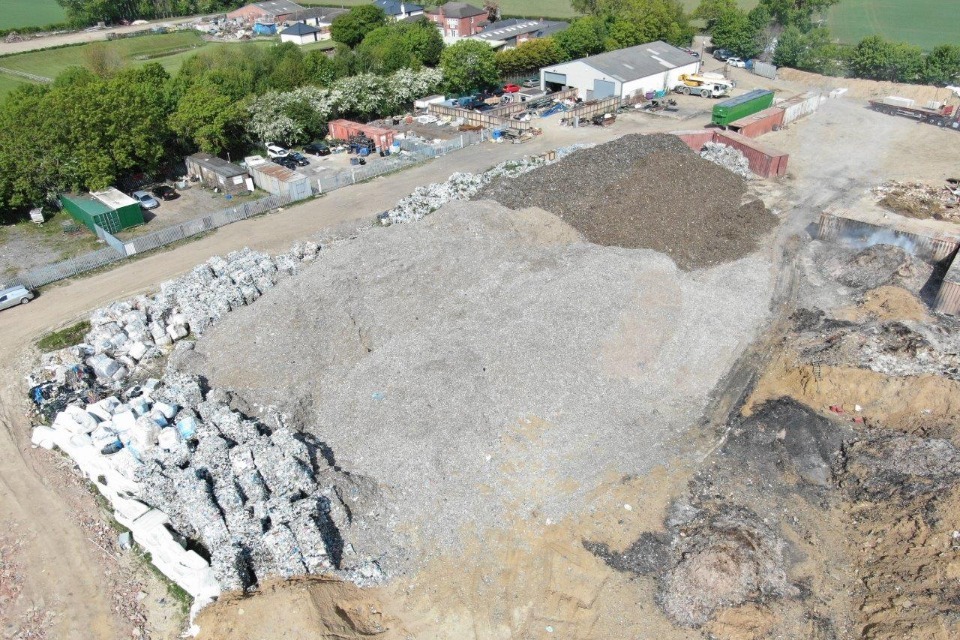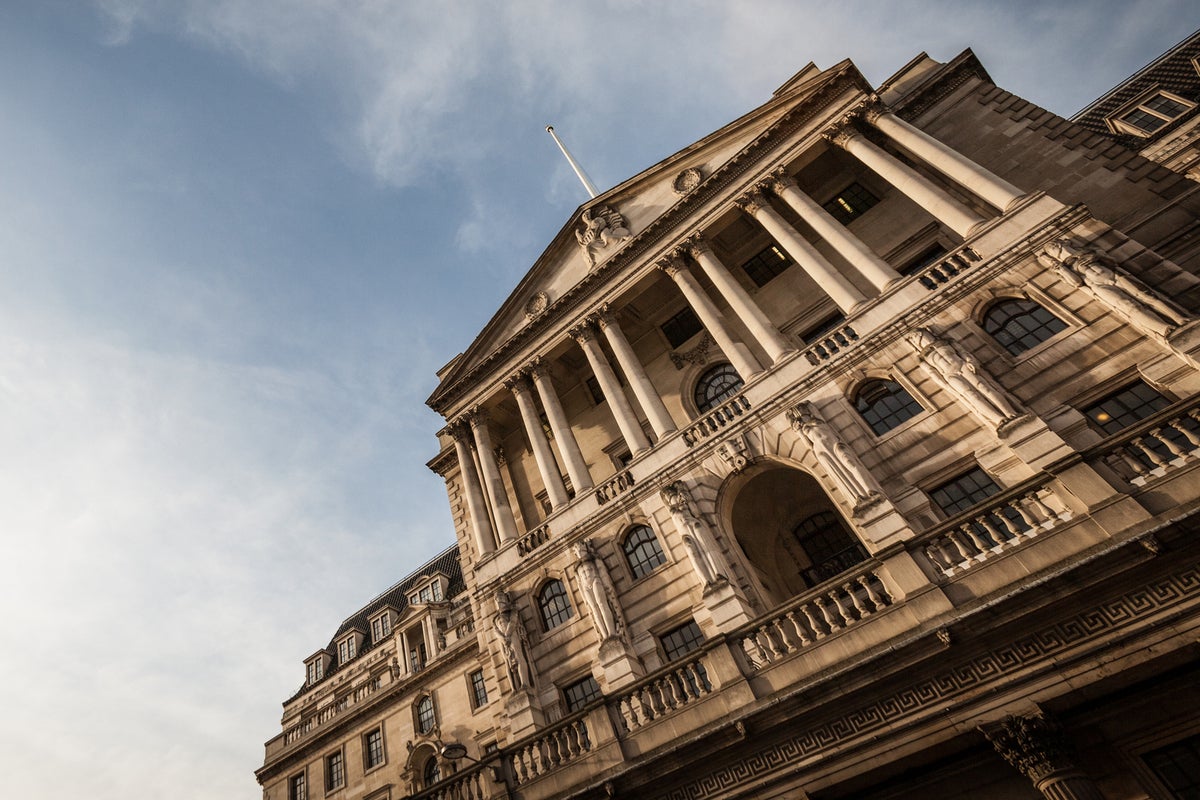The Bank of England’s (BoE) next meeting to determine interest rates is on Thursday, and all eyes will be on the Monetary Policy Committee (MPC) and whether its members opt to continue lowering rates.
The base rate – currently at 4.0 per cent following cuts three times this year – impacts consumers and taxpayers through everything from their mortgages to savings, so what do experts foresee both this week and beyond?
Will interest rates be cut?
Almost certainly not – in fact, anything other than a vote to “hold” would be quite the shock at this stage.
We have been seeing the MPC opt for a quarterly rate this year, in line with governor Andrew Bailey’s constant refrain of “gradual and careful”. The BoE chief did say over summer he still sees a downward trend, too.
However, that means the cut in August was always likely to mean September wouldn’t see another – and that was before economic data started to signal a more difficult route to further cuts.
“The UK has an inflation problem which is keeping the Bank of England in cautious mode on interest rates. While inflation is nowhere near as bad as it was, prices are still rising at an uncomfortable pace, so there is waning expectation of a rate cut at any point this year,” cautioned Laith Khalaf, head of investment analysis at AJ Bell.
Mr Khalaf added it was “highly unlikely, but not totally unthinkable” that some MPC members could actually vote to raise interest rates.
Thomas Pugh, chief economist at RSM UK, agreed that there’s no chance of an imminent cut – but that rates wouldn’t remain at 4 per cent forever.
“Given the MPC signalled growing concern over rising inflation and inflation expectations at its last meeting, and that 4 per cent is seen as the critical threshold when households pay more attention to inflation, a September rate cut looks out of the question and one in November looks unlikely,” he said.
Get a free fractional share worth up to £100.
Capital at risk.
Terms and conditions apply.
Go to website
ADVERTISEMENT
Get a free fractional share worth up to £100.
Capital at risk.
Terms and conditions apply.
Go to website
ADVERTISEMENT
“However, we think further rate cuts have been delayed rather than cancelled.”
As well as the domestic situation, we’ve had more uncertainty in 2025 over Donald Trump’s tariffs, businesses dealing with higher labour costs coming into force and escalated geopolitical tensions after Israel’s strike on Iran led to a brief oil price scare.
It’s worth remembering that for mortgages in particular, many products are priced using future expectations of the interest rate, so changes in that market can already be accounted for.
For savers though, whether or not an immediate cut to variable rates is coming, it’s always worth checking the best offers on the market to make sure your money is earning as much as it can for you – or, over the longer term, looking to invest.

Influential factors around cuts
The MPC has nine members and their votes decide if the base rate is cut, raised or kept the same.
Among the factors MPC members will have been looking at are job and wages data, the level of inflation across the UK, economic growth and also external factors which can impact the UK.
Inflation remains higher than ideal at 3.8 per cent, with food and drink costs particularly high. Higher inflation is a reason to keep interest rates up, as it can discourage businesses from investing in new projects or hiring – which in turn raises earnings and spending power.
Therefore, fewer jobs or pay hikes means the opposite: lower spending power, lower demand, helping stem further price rises.
Recent key data has shown salary growth slowing and unemployment rising across the year – these are factors which can see interest rates decrease.
What about the rest of 2025?
Many analysts are split over further rate cuts between now and the end of 2025.
Some say no more are likely before the new year, while others still price in one cut, perhaps in December, if overall inflation reduces and the jobs market continues to cool. That would bring the base rate down to 3.75 per cent.
“As things stand, the market currently only assigns a one in three chance to the possibility of an interest rate cut by the end of the year,” AJ Bell’s Laith Khalaf added.





